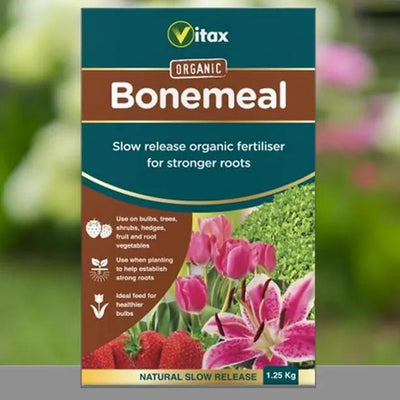Irish Peach Apple Trees
Irish Peach is a handsome tree with an upward spreading habit that bears some of the earliest dessert apples around: you can usually pick towards the end of July, and it's at its best when eaten straight from the tree.
The fruit's a medium size with an orange-red streaked flush over a yellowy green base. The flesh is white, and the taste is a good balance of sweetness and acidity. This is definitely not a fruit to store, but it makes top-notch Tarte Tatin with lots of very thick cream.
Irish Peach has some resistance to woolly aphid, mildew, bitter pit and cedar apple rust ,making it a dependable tree and a good cropper.
Browse our range of apple trees or the full variety of fruit trees.
Features
- Height: Bushes reach 3 metres, half-standards touch 4.5 metres
- Use: eating/dessert
- Flavour: aromatic with peach overtones
- Pruning: partial tip bearer
- Pollination: Not self-fertile
- Pollination Group: group B
- Picking: August but doesn't store
- Apple colour: orange/red over yellowy/green
Growing Irish Peach
As a reasonably large and pretty tree, Irish Peach will make a good feature in your garden surrounded by long grass filled with Camassias or Triumph Tulips, which flower at the same time for a pretty pastoral scene.
Strong and robust, it would also cope with a lovely rambler like Paul's Himalayan Musk scrambling through its branches, or a Clematis like the deep purple Etoile Violette.
Pollination Partners for Irish Peach:
Your trees aren't self-fertile and require a pollinator from group A, B or C.
A small, neat and excellent cooker to do this could be Reverend W Wilkes, or for another dessert apple that you harvest a little later try Lord Lambourne.

 Secure, One-Tap Checkout
Secure, One-Tap Checkout
 Hand Picked, Delivered to Your Door!
Hand Picked, Delivered to Your Door! 1 Year Bareroot Guarantee
1 Year Bareroot Guarantee





















